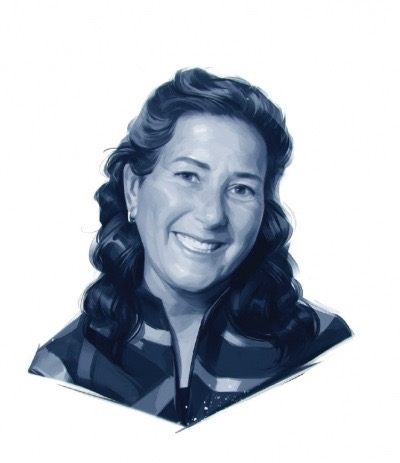 What does the phrase "diversity, equity, and inclusion" mean to you?
What does the phrase "diversity, equity, and inclusion" mean to you?When I started my career in the 1980s, women and people of color had begun to come into the professional workforce, and U.S. businesses were starting to realize that there were growing minority populations they needed to appeal to. For me, that translated into a personal passion around diversity. But after working for almost 30 years in the diversity-training space, I realized that we were not focusing enough on creating cultures of inclusion. I started my own company to take a different approach.
I lead with inclusion, because I believe that if you create an inclusive environment, then diversity will come. If you focus only on diversity, you’re just focusing on checking boxes of people who are visibly different. You’ll never change culture because you’re not focusing on behavior.
Diversity is a fact. Inclusion is an act — it takes effort and practice. But over time, it should lead you to a more equitable place, with equal opportunity for all people.
2. How can an organization create a culture of inclusion?
It’s all about the way people behave toward one another. To be inclusive is to be open to difference. So you may need to behave in a different way than you’re used to. One sign of an inclusive culture is that people are listening for assumptions that reflect bias and they feel comfortable saying, “Why do you believe that to be true?” It’s not taken as a judgment. It’s just people trying to help each other and the organization to be successful.
Another sign is that people notice when others are excluded and then do something about it. Like noticing when somebody looks lost. You go up to them and say hi. It seems like such a little thing, but it’s huge! Be approachable. Smile at people. Learn their names. You’d be amazed at how many people don’t do those things.
3. What can Rotary members do?
First, clubs need to put this on their agenda. Even if you don’t think it applies to your club, it absolutely does. Diversity is so broad; it’s not just about race and gender. Just think about how you would describe the majority of people in your club, and then identify people in your community who are outside that norm. If you want your club to grow, then you need to think about this, because the world is becoming a more diverse place all the time.
Second, clubs need to find ways for members to feel included and engaged. My club used to put a lot of effort into recruiting folks but not so much into getting them involved once they were there. This year we created a program in which new members are assigned an “ambassador” who gets to know them and eases them in.
4. How can we ensure a positive outcome?
Change is uncomfortable for everyone, so we need to lead gently and sensitively and to remember our mission. No organization should welcome people who don’t share its mission and values. We’re not going for diversity of values. The way we’re going to grow is with people who are aligned with the values of Rotary. But helping them all feel included is important to success.
— JOHN M. CUNNINGHAM